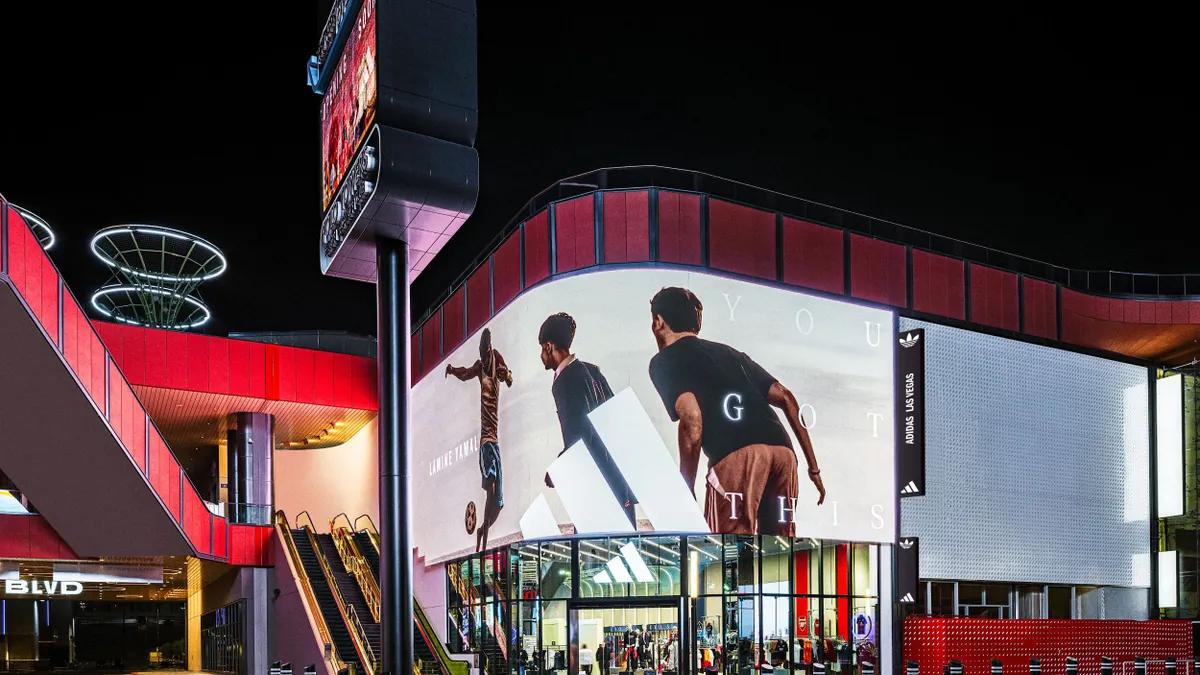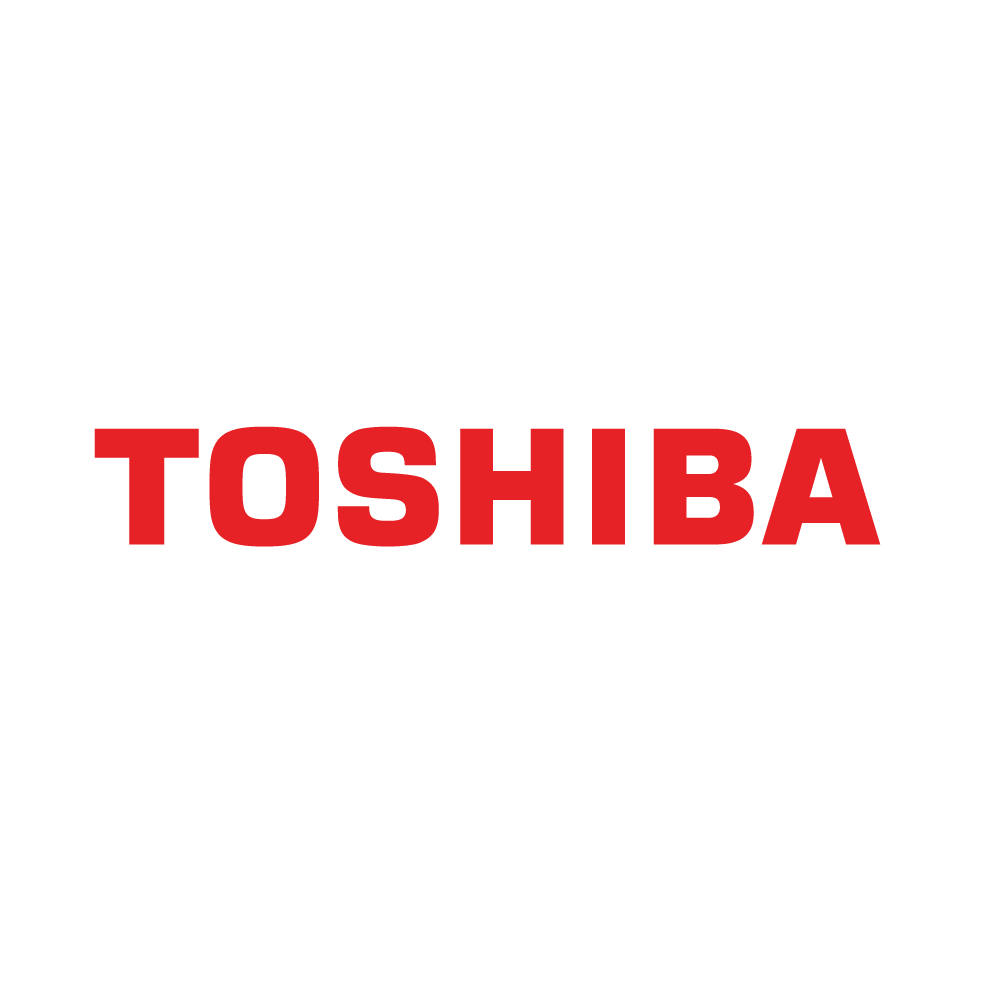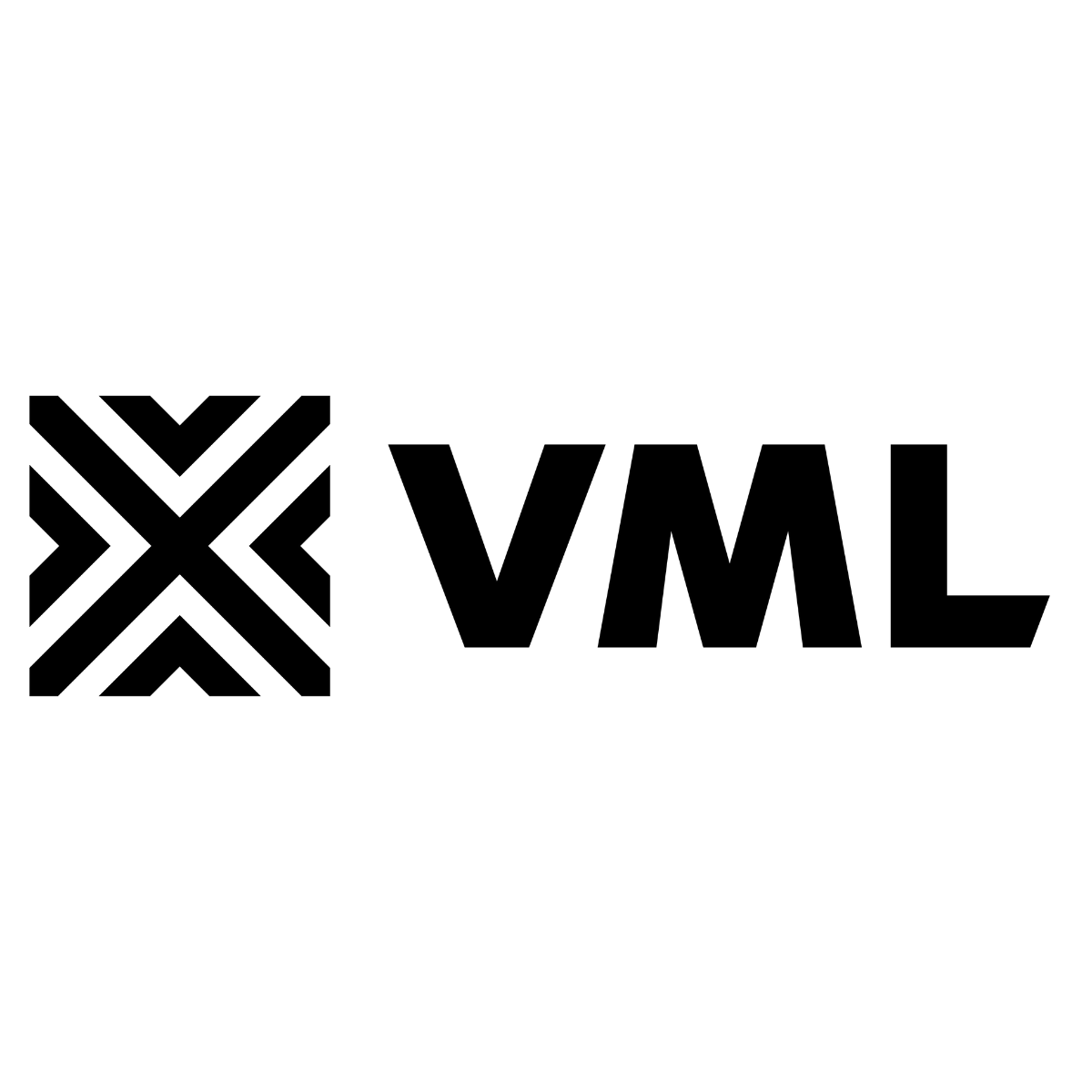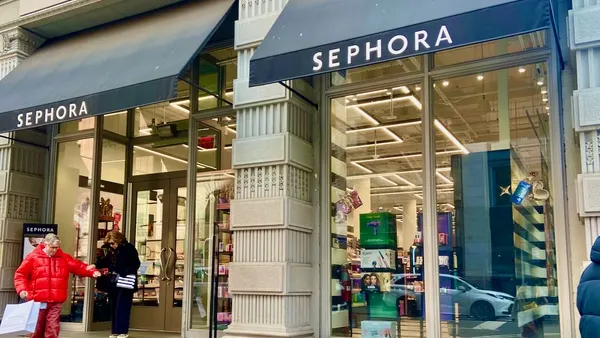Dive Brief:
-
Gap Inc.’s Q3 net sales rose 3% year over year to $3.9 billion, with its highest comp growth in four years at 5%. E-commerce, which drove 40% of sales, rose 2%, while store sales rose 3%, the apparel retailer said Thursday. Net income shrank nearly 14% to $236 million.
-
Tariffs did some damage. Merchandise margin contracted 70 basis points from last year, including a net tariff impact of about 190 basis points; overall gross margin contracted by 30 basis points to 42.4%. Inventory of $2.5 billion was up 5% due to higher costs from tariffs.
-
The company beat expectations in the period and raised its full-year outlook, with net sales now expected to land at the higher end of its guidance. Gap Inc. now expects operating margin to reach 7.2%, including an estimated 100 to 110 basis points of net tariff impact, up from 6.7% to 7% with the same tariff scenario.
Dive Insight:
Nearly all of the brands in Gap Inc.’s stable contributed to a standout quarter, at least for its top line.
Old Navy net sales rose 5% to $2.3 billion with comps up 6%, which GlobalData Managing Director Neil Saunders attributed to its value proposition at a time of consumer angst, especially during back-to-school season. Banana Republic net sales fell 1% to $464 million but comps rose 4%, which Gap Inc. CEO Richard Dickson called “steady progress.”
Dickson seemed most excited by the rise of Gap, where net sales rose 6% to $951 million and comps rose 7%, its eighth straight quarter of comp growth.
“Gap's execution of the playbook has been fantastic, and it's been exciting to see the brand building on their success quarter after quarter, while continuing to drive distinction and relevance,” Dickson told analysts Thursday. “It's a brand that knows who it is, where it's going and how to win, and we're looking forward to carrying that momentum into the holiday season.”
Saunders does recognize a sea change at the namesake label, though he also sees more work to be done. Younger consumers are driving growth there, signaling a cultural relevance it hasn’t enjoyed in years, per GlobalData research.
“Now, there is a point to be made that more clarity in ranges and styling is needed and that Gap needs a firmer point of view — including more innovations in things like fabric technology,” he said in emailed comments. “That's fair, but it is part of the plan now that Gap has a more significant audience to build with.”
It is a different story at Athleta, where Q3 net sales fell 11% to $257 million and comps also tumbled 11%, a dire result in what Saunders calls a “softer and way more competitive” athleisure segment.
“The 11% decline in comparable sales suggests an urgent fix is needed, or that Gap needs to strategically reevaluate whether it wants to keep this brand in its stable,” Saunders said.
But Dickson reiterated the company’s belief in the brand, cautioning analysts that it’s “at the beginning of its reinvigoration journey.” Maggie Gauger, who arrived from Nike over the summer as brand chief, is making the right moves, including “editing the assortment, studying the consumer, evaluating our retail footprint and, of course, the overall customer experience.”
“We're not hiding from Athleta,” he said. “It's a very important brand in our portfolio.”
In general, Gap Inc.’s strength derives from its diverse brands, which allows it to serve a diverse set of consumers, including from all income groups, Dickson said. This sentiment seemed to overshadow any worry from tariffs, which are now a known quantity, on the part of executives and analysts alike. It helps that Gap Inc. in general remains profitable, Saunders said.
“The challenge was always to fix the top line, and that job is being done,” he said.















